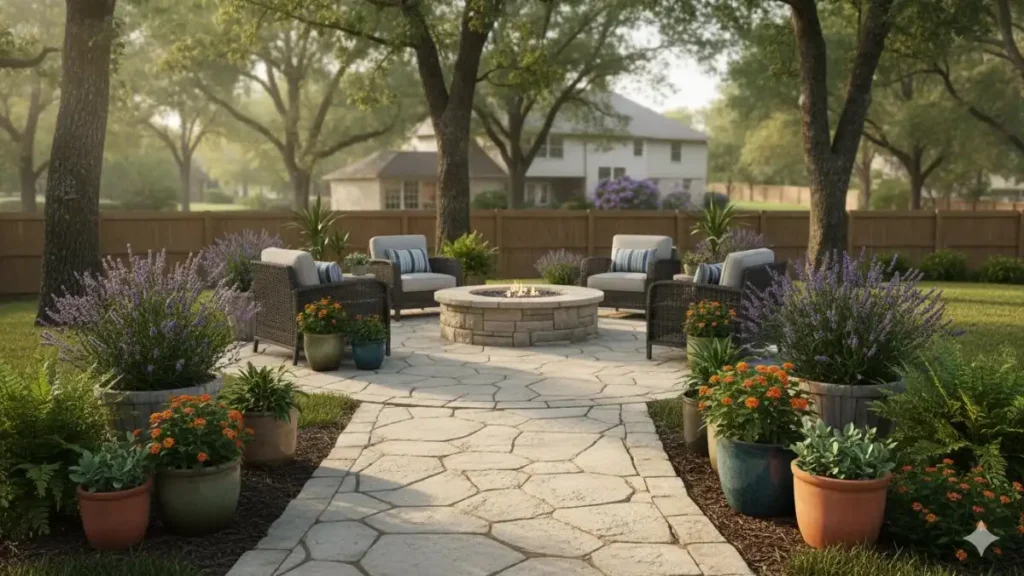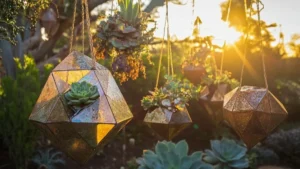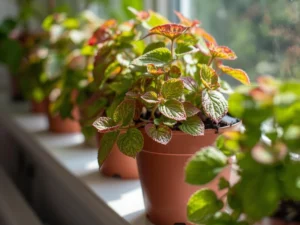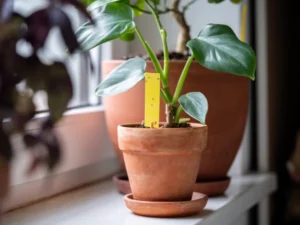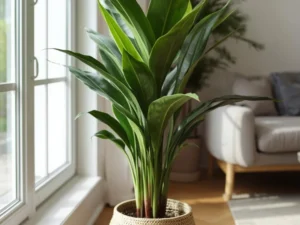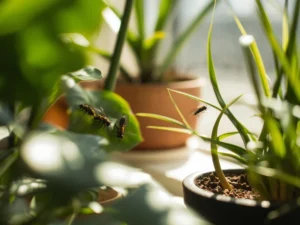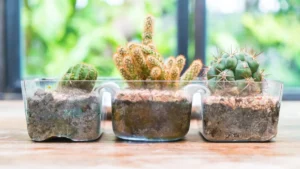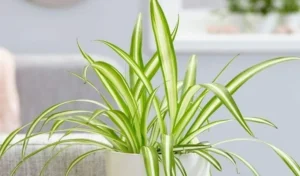You’ve probably seen it a plain patio that feels more like a parking spot than a place to relax. But that’s exactly where paved garden with plants in pots ideas can completely change the vibe. By pairing solid pavers with soft greenery, they turn any hard surface into a living canvas that feels calm, colorful, and effortlessly alive all year long.
Across the U.S., homeowners are now rediscovering the joy of simple design a few well-placed pots that bring balance, warmth, and a touch of nature back to everyday spaces. Whether it’s a cozy city balcony or a sunny suburban patio, this low-maintenance approach proves that even small areas can bloom beautifully without digging a single inch of soil.
Choosing the Right Plants for a Paved Patio
Every great patio garden starts with the right plants. But when your “soil” is solid concrete, your choices need to be smarter than random.

Plants That Love the Heat
In sunny regions, hardy plants are your best bet. Lavender, rosemary, and lantana flourish in direct sunlight and tolerate the reflective heat of pavers. Their fragrance fills the air, giving your outdoor area that relaxed, Mediterranean feel that’s popular across southern U.S. patios.
Perfect Picks for Partial Shade
When dealing with filtered or limited light, coleus, begonias, and ornamental grasses still thrive beautifully. Not only do they provide pops of color without constant babysitting, but they also add life to overlooked corners. For a balanced effect, place them near walls or furniture to create cozy nooks that soften hard edges and make your space feel more inviting.
Cool Companions for Shady Patios
If your patio barely sees sun, caladiums, ferns, and impatiens are your go-tos. Their lush leaves contrast beautifully against stone and add depth even in low light. Larger pots help keep their roots cool and stable throughout the season.
The Paved-Patio Problems Nobody Warns You About
Paved patios come with hidden challenges. Heat, water drainage, and stains can make or break your setup if ignored.
Managing Heat and Reflection
Concrete and stone hold onto heat longer than you think. Use light-colored pavers or add outdoor rugs to reflect sunlight. Group taller plants or add umbrellas to cast shade over heat-sensitive containers.
Solving Drainage and Staining
Water sitting beneath pots can stain pavers and harm roots. Pot feet or small risers keep air flowing and water draining freely. A simple monthly rinse with diluted vinegar helps remove white mineral spots without harming plants.
Handling Wind and Stability
Wind is the silent destroyer of container gardens. Anchor tall pots with gravel at the bottom or use broad, heavy containers for balance. Grouping pots close together also helps it stabilizes them and creates a warmer microclimate that your plants will love.
Sun Maps for U.S. Patios
Light isn’t the same everywhere, and understanding it is key to your paved garden with plants in pots ideas success.
South- and West-Facing Patios
If you live in Phoenix, Austin, or Los Angeles, your patio gets brutal afternoon light. Choose sun-loving varieties like lantana, succulents, or zinnias that can handle the heat and bright glare. Adding shade from an awning or pergola can extend their blooming season and keep the space usable even in midsummer.
East-Facing Patios
Morning sunlight in cities like Atlanta or Washington, D.C., is softer. Ferns, coleus, and herbs such as basil or mint flourish here they love gentle light and cool mornings. These patios are perfect for breakfast corners or morning coffee gardens that feel alive before the day heats up.
North-Facing Patios
In cooler climates like Seattle or Chicago, patios may stay shaded most of the day. Go for shade-tolerant plants like ferns, caladiums, or impatiens for lush, layered greenery without sunburn. Pair them with reflective surfaces mirrors or light tiles to bounce light where the sun won’t reach.
Ideas by Sun Exposure: Pot Combinations That Work
Now let’s get creative with your containers the “thriller, filler, spiller” formula never fails.
Full Sun Pot Recipe
Use a red cordyline as your thriller, zinnias as your filler, and trailing sweet potato vine as your spiller. Place in large 18–20 inch pots and water daily in summer to keep roots hydrated. Adding slow-release fertilizer keeps colors vivid while saving time on feeding.
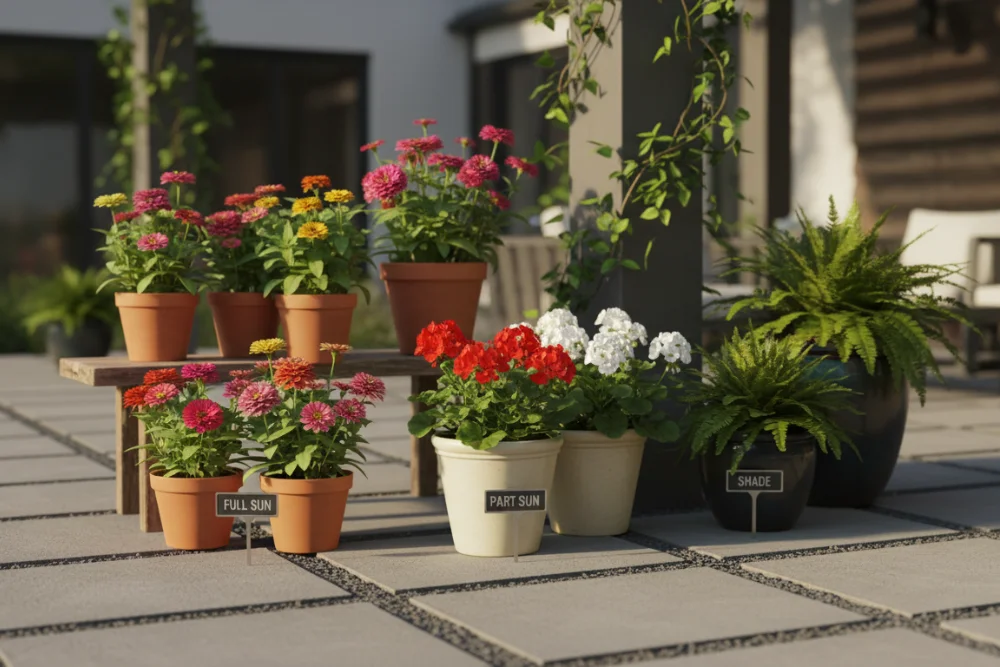
Partial Sun Pot Recipe
To create vibrant contrast, combine dwarf cannas with geraniums and trailing verbena in your containers. Together, they add bursts of color and handle moderate light beautifully throughout the season. Additionally, water every other day and rotate pots weekly for even growth and perfectly shaped blooms.
Shade Pot Recipe
For a lush and soothing setup, try a caladium centerpiece with impatiens and ivy spilling gracefully over the sides. Since this combination thrives in low light, it stays fresh with weekly watering and occasional misting. As a result, it creates a soft, jungle-like arrangement that cools the visual temperature of your entire patio.
Keep Your Pavers Clean and Plants Happy
Clean patios make plants look even better. It’s easy to forget that under every thriving pot lies a surface that needs care too.
Simple Cleaning Tricks
To protect your patio surfaces, lift pots with small rubber feet to avoid moisture rings and dark stains. Additionally, use saucers to catch extra water, and rinse pavers monthly with a gentle vinegar mix to prevent algae or mineral residue. In the end, the result is a patio that smells fresh and looks just as inviting as your garden feels.
Smart Drainage Solutions
Self-watering pots or inserts keep your plants hydrated while preventing messy runoff. They’re especially useful during hot summers when overwatering is common. You’ll save water, reduce staining, and keep your maintenance routine stress-free.
Privacy and Structure in Pots
A paved garden with plants in pots ideas setup can double as a living privacy screen.
Create Vertical Layers
Mix tall containers with dwarf trees like Japanese maple or podocarpus for structure. Add trellised vines such as jasmine or clematis to soften boundaries and give height without walls. Together, they form a lush screen that moves with the breeze but keeps prying eyes out.
Add Texture and Movement
For added movement and charm, ornamental grasses like fountain grass sway beautifully in the wind, adding rhythm and sound to your space. At the same time, pair them with low planters filled with succulents for a bold textural contrast that feels both modern and organic. The result is a patio that feels alive even when you’re sitting still.
Seasonal Swaps Without Re-Potting
Changing seasons doesn’t mean starting over. A few quick swaps can keep your patio vibrant year-round.
Warm-Weather Combinations
During summer, fill pots with basil, marigolds, and petunias to create a vibrant display. Since these plants thrive in sunlight, they’ll also bring color and fragrance to your outdoor dining spaces. Moreover, regular pruning keeps them compact, and the scent of herbs adds a fresh, kitchen-garden touch to your evenings.
Cold-Weather Switches
As winter settles in, replace those with pansies, ornamental kale, or dwarf evergreens. To protect your plants, use frost-resistant containers in northern states to keep roots safe and healthy. That way, your patio still bursts with color and quiet life, even when most gardens are resting beneath the cold.
Small-Space Hacks: Tabletop Displays and Vertical Racks
Even the tiniest patios deserve greenery. Small-scale paved garden with plants in pots ideas work wonders for balconies and city apartments.
Tabletop Arrangements
Group tiny pots of herbs or succulents on a coffee table or railing ledge. Their compact size keeps things uncluttered while adding bursts of green to your everyday space. Mixing shapes and colors adds personality like jewelry for your patio.
Vertical Displays
To maximize your space, use plant stands, ladders, or hanging racks to layer your greenery upward. As you do so, mixing different heights creates depth and makes the area feel more spacious and vibrant.
For example, if you notice your plants struggling with discolored foliage, understanding why peace lily leaves turn yellow can help you adjust your care routine and keep your indoor garden thriving. Ultimately, it’s a clever way to garden without sacrificing a single square foot of floor space.
Quick Shopping List & Maintenance Checklist
Before you start your paved garden with plants in pots ideas project, keep this cheat sheet handy:
Essentials: potting mix, saucers, pot feet, slow-release fertilizer, watering can
Plants: 3–5 varieties per light level (sun, part-sun, shade)
Hardware: garden gloves, trowel, microfiber cloth for pavers, weatherproof trays
Extras: mulch for moisture, vinegar for cleaning, self-watering inserts
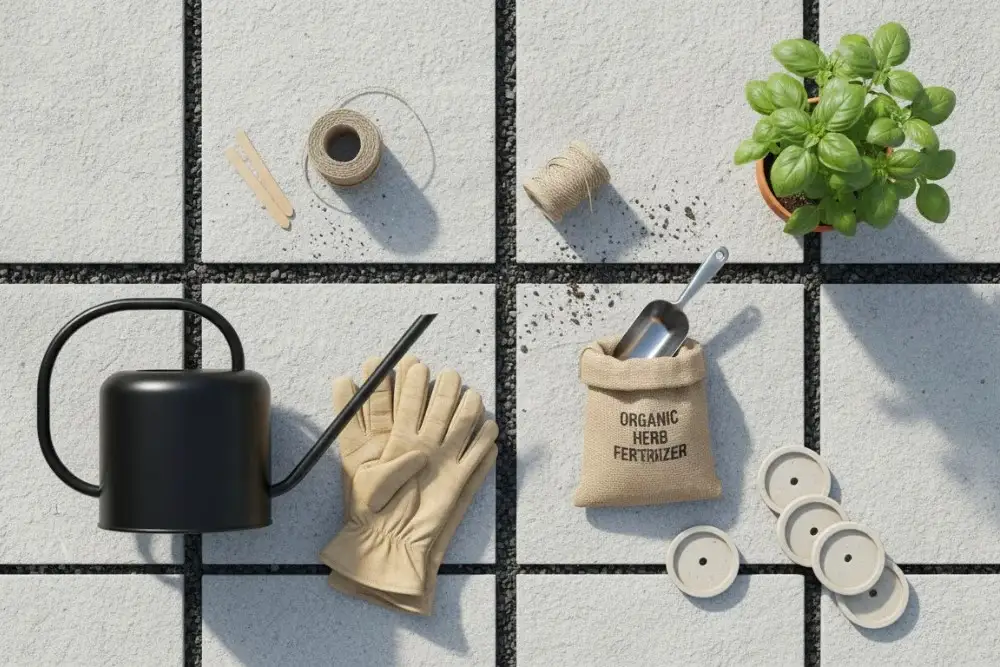
Maintenance rhythm:
-
Water early morning to prevent scorch
-
Feed every 10–14 days
-
Rotate pots monthly for even growth
-
Clean pavers and trim dead leaves regularly
In truth, a paved garden with plants in pots ideas setup isn’t a one-time project; it’s a slow rhythm between concrete and chlorophyll. Once you find that rhythm, your patio won’t just look alive instead, it’ll feel like the calmest and most grounding corner of your home.
Conclusion: A Little Green Goes a Long Way
At the heart of every paved garden with plants in pots project is something simple — a desire to bring life where it seems impossible. Maybe it’s the thrill of seeing a leaf push through the heat, or the quiet satisfaction of watering in the evening light. Whatever it is, those small green moments make concrete spaces feel human again.
So start small, stay curious, and let your patio evolve. A few well-chosen containers can soften an entire yard, turn harsh lines into gentle curves, and remind you that even on hard ground, growth is always possible. For gardeners who love caring for container plants, learning how to repot an aloe vera plant is a great way to keep your greenery thriving. Your paved garden won’t just look alive it’ll feel alive, and so will you.
FAQ
What are the best plants for a paved garden?
When it comes to choosing wisely, the best plants depend on sunlight and climate. For example, on sunny patios, go with lavender, lantana, or rosemary for vibrant color and fragrance. On the other hand, in shady spots, ferns and impatiens perform beautifully. Finally, always match your selections to your USDA hardiness zone for consistent, year-round success.
How do I prevent stains from pots on pavers?
To keep things tidy, use saucers or rubber pot feet to raise containers slightly. In addition, wipe away runoff and clean surfaces monthly with mild vinegar to keep everything spotless. If stains linger, a simple baking soda paste works wonders without harming your pavers or outdoor finish.
Can I grow herbs or vegetables on my patio?
Definitely! Many paved garden with plants feature edibles like cherry tomatoes, peppers, or basil. Just ensure pots are at least 12 inches deep and placed where they’ll get 6–8 hours of sun daily. Fresh herbs at arm’s reach always make cooking feel better.
How do I care for potted plants through winter?
During colder months, wrap pots in burlap or bubble wrap for extra insulation. When temperatures drop further, bring tender plants indoors and switch to cold-hardy varieties like pansies or dwarf evergreens outside. Meanwhile, keep watering minimal, winter roots need rest, not floods, to stay healthy until spring.
What’s the easiest way to design a small patio garden?
Start with vertical layering racks, hanging pots, or multi-level stands to maximize your space. As you design, mix textures, vary heights, and stick with two to three color themes for a cohesive look. Before you know it, even a few coordinated pots can transform a dull patio into a miniature retreat filled with charm and balance.

